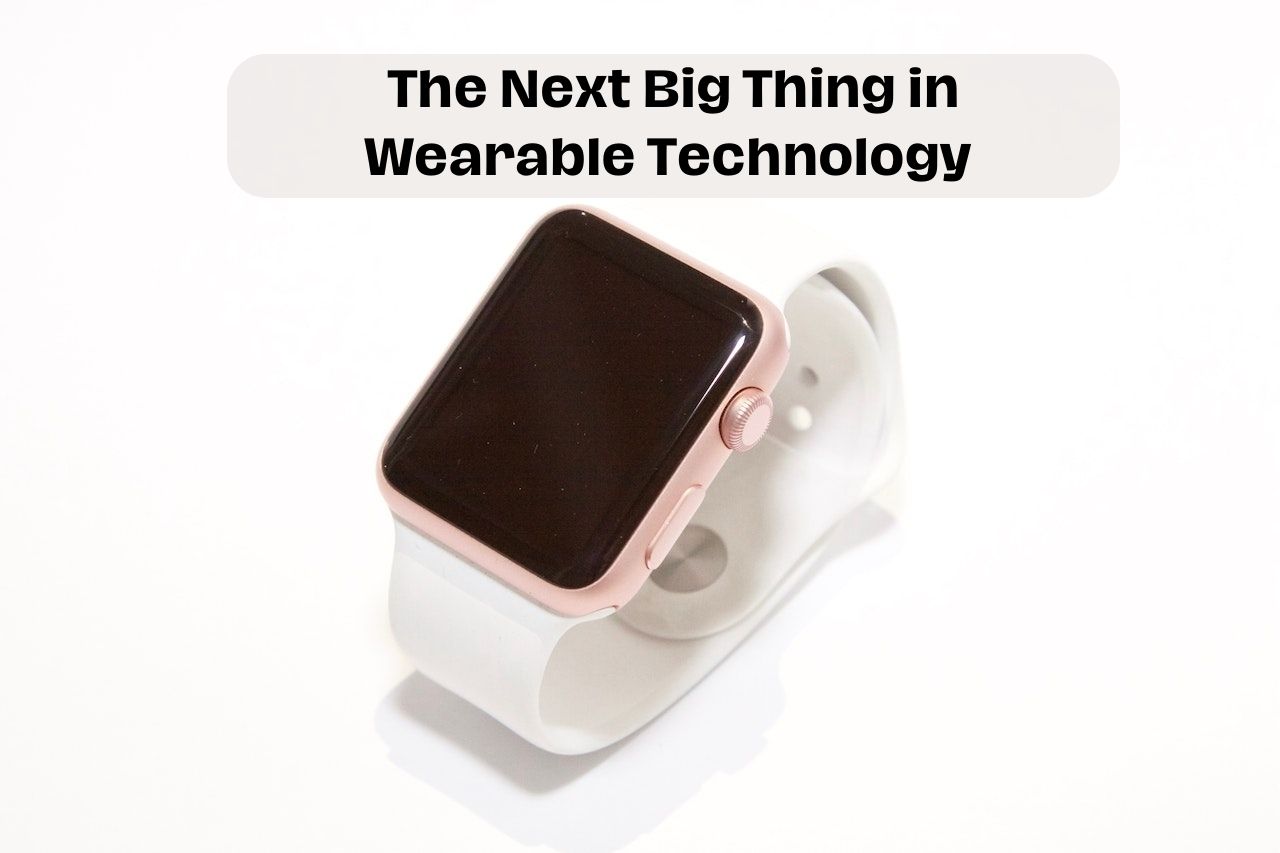“The Apple Watch is beautiful, but not a must have device” says Mashable. Over the past few years, various companies have been dabbling in wearable devices. From Samsung Gear to the Moto 360, they have been made to enhance and complement the already burgeoning features of smartphones. Apple claims to have been working on the Apple Watch for years, but is it the real deal? Let’s find out.
Wearable technology has been around for a while now. From nifty devices built to give the wearer an edge in casinos in the 1960s to Bluetooth headsets and the current trend of Google Glass, Oculus rift, technology is becoming one with how we interact with ourselves and with others. Smart watches are less futuristic than Google Glass or the Rift, but they come with a host of features of their own.

Currently, most smart watches are an extension of smartphones. You can quickly check your notifications, make a call, send a voice message, set an alarm and even take and view photos on them. Before Apple launched the iPhone, smartphones were limited to a restricted business use of checking and sending emails and editing documents. If you wanted to listen to music or watch videos, another portable device was needed. However, with the launch of the iPhone, it was soon found out that all these could be achieved in one, and one device only. Phew. What a relief. No need to carry an embarrassing number of gadgets, accessories and chargers. With the growing popularity of Android phones, people ultimately got a choice to pick a device that suits their needs and budget.
Apple Watch Specs
The Apple Watch comes in two varieties – the 38mm Apple Watch Sport is priced at $299 and the larger 42mm at $339. The watch with a permutation combination of bands and premium editions will also come at a progressive price range. Apple has redesigned their OS for the Watch to suit the small display with a new UI and new ways to interact with it. It senses when you’re lifting your wrist and lights up to show you the screen. The dial (Digital Crown) at the side may be used to zoom in and zoom out, set an alarm and perform other jobs that need a little bit of precision. Unlike the Moto 360, the Apple Watch is square and comes certified with IPX7 which means that it can survive harsh weather and immersion for short durations of time for water level not beyond 1mm. That ought to be disappointing for a device that’s not exactly easy on the pocket.
Additionally, like other wearable watches(mostly Android) , it comes with hundreds of apps and can be a good companion for keeping checks on health specific data like the distance you’ve run, your blood pressure, heart rate, etc. The “Taptic Engine” as Apple chooses to call it is a non-intrusive haptic feedback feature that tells you when you’ve received a new notification without making any sound. A cool use of this feature as advertised on the Apple commercial is the ability to share your heartbeat with your loved ones!
The Practical Aspect
When an Apple product is launched, a lot of expectations are on the rise. What groundbreaking features is Apple going to unveil this time? Is it going to change the face of wearable technology? How inalienable is technology going to be from our lives this time?
The Apple Watch is a beautifully designed device, but it does not introduce any groundbreaking feature that can be considered a paradigm shift in wearable technology. There are opinions for and against its practical usability among developers and users alike. Truth be told, the Apple Watch is not a gadget you’d expect straight out of a James Bond movie. It’s a watch, sleekly designed and packed with features that are already a part of our smartphones. Considering its steep price range, the Apple Watch is set to cause maybe a small ripple among its loyal users, rather than a wave of want among those who are mildly curious. Sure, the ability to check notifications, make calls and voice memos without touching your phones may seem pretty tempting. But, at this price range, and especially in developing markets, is it a practical device to own? Wearable gadgets are slowly becoming a “thing”, but the rate of that acceptability is pretty low at this point. Currently, the first generation Apple Watch seems like a really fancy and luxurious toy rather than a device which fulfills comprehensive and compelling needs of its users.

